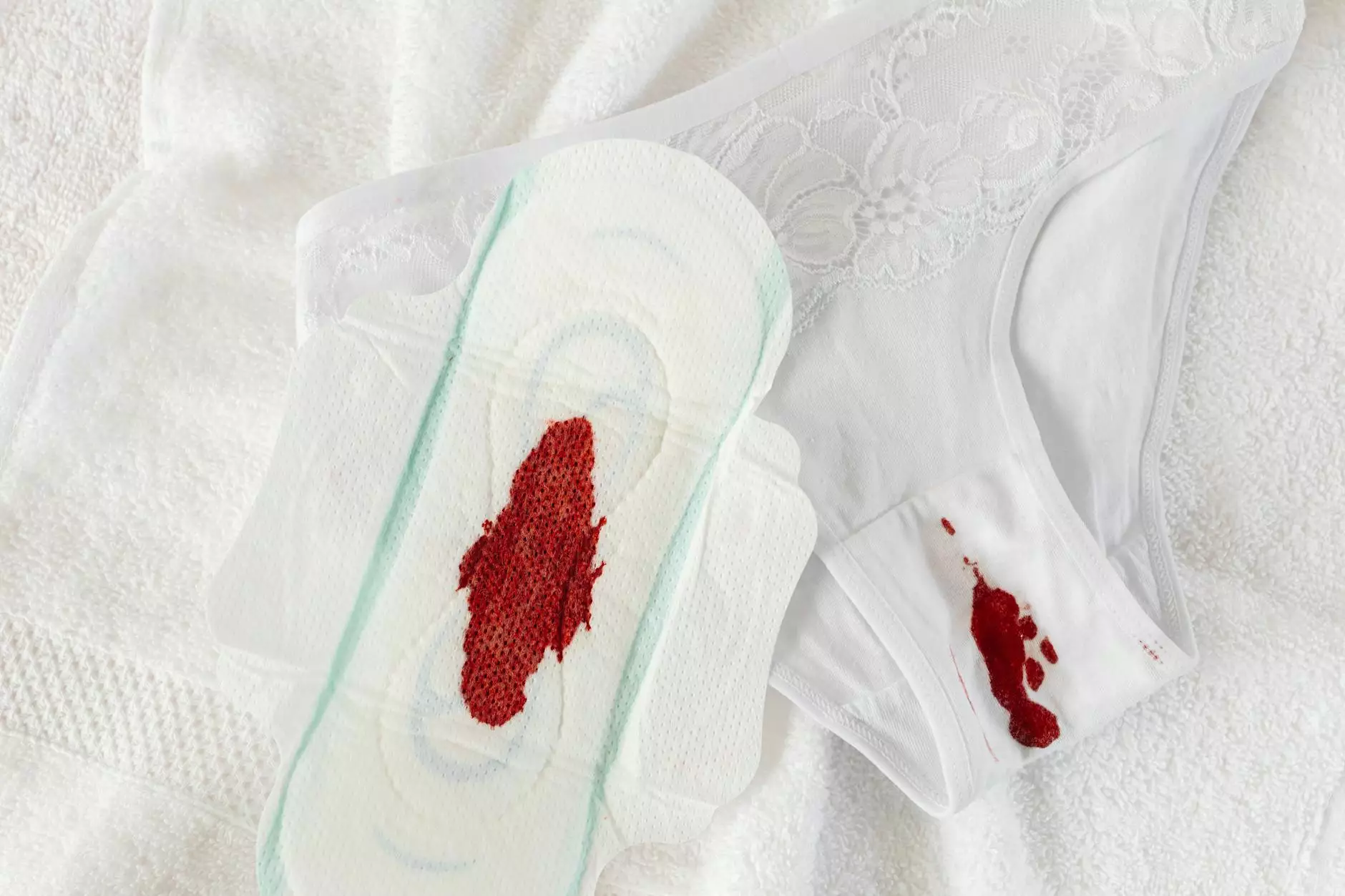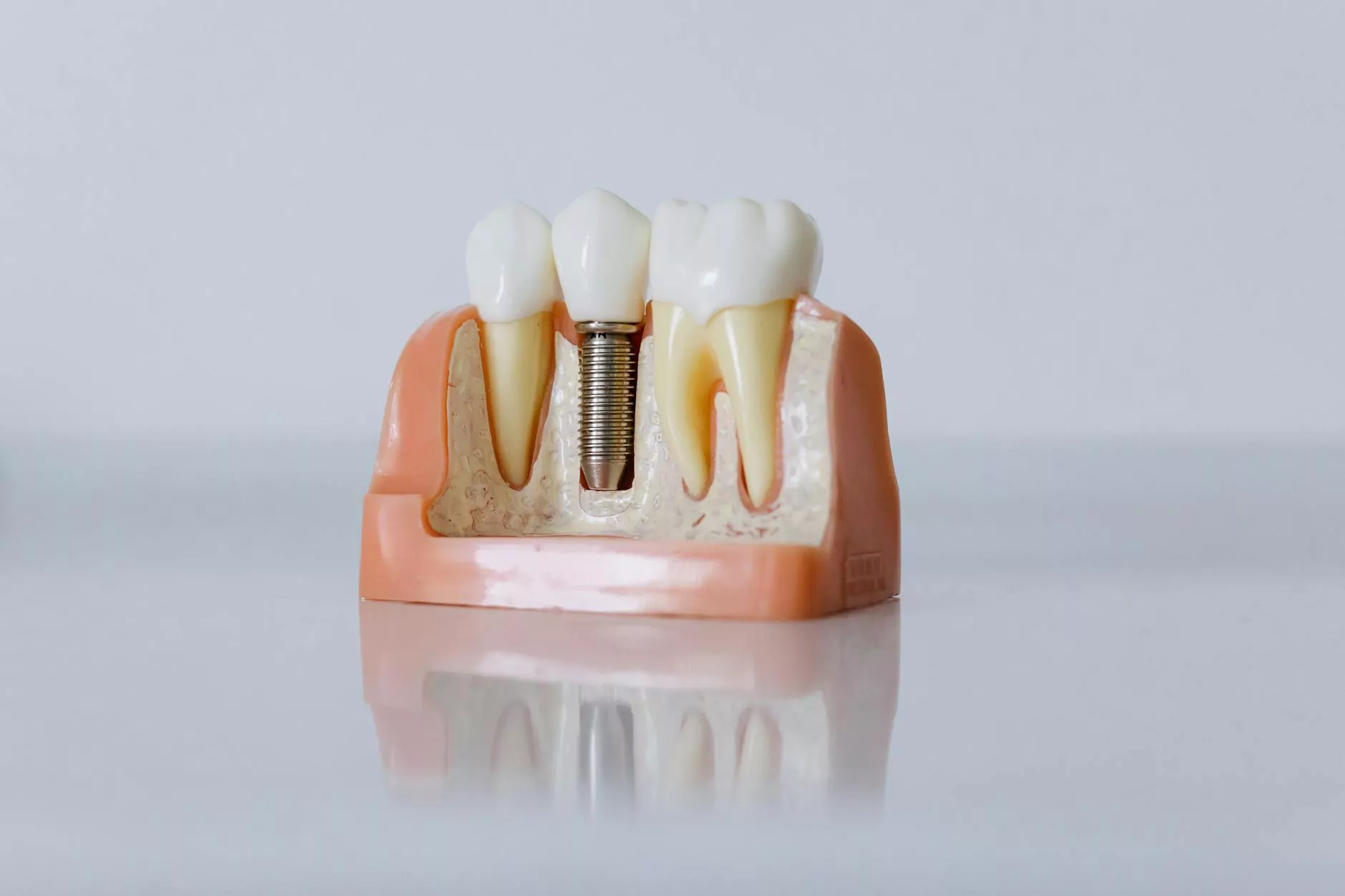Understanding Blood Clots in the Calf: Causes, Symptoms, and Treatments

A blood clot in the calf is a serious medical condition that can pose significant health risks. It is essential to understand what blood clots are, their causes, symptoms, and recommended treatments to manage and prevent them. This detailed article aims to provide valuable insights into the complexities of blood clots, particularly in the calf area, and how to seek appropriate medical assistance.
What is a Blood Clot?
A blood clot, or thrombus, is a gel-like mass that forms when blood cells and proteins stick together. This can occur in various parts of the body, but when it happens in the calf, it can lead to severe complications. Understanding the physiology behind blood clot formation is crucial for comprehending the potential dangers associated with this condition.
Types of Blood Clots
- Superficial Vein Thrombosis (SVT): Occurs in veins close to the skin's surface, usually less serious.
- Deep Vein Thrombosis (DVT): A more severe condition where clots form in deeper veins, often in the legs or calves, and can lead to serious complications.
- Arterial Clots: These affect the arteries and can lead to heart attacks or strokes.
Causes of Blood Clots in the Calf
Understanding the causes of a blood clot in the calf can aid in prevention and prompt treatment. Some of the common factors include:
- Immobility: Prolonged sitting or inactivity, especially during long flights or bed rest.
- Medical Conditions: Conditions like cancer, heart disease, and inflammatory bowel disease can increase the risk of clots.
- Genetic Factors: Inherited blood clotting disorders, such as Factor V Leiden, can predispose individuals to clots.
- Surgery: Surgeries, particularly orthopedic surgery, can raise the risk of clot development.
- Pregnancy: Hormonal changes and pressure on veins during pregnancy can increase the risk.
- Hormonal Factors: Use of birth control pills or hormone replacement therapy can also contribute to clot formation.
Symptoms of Blood Clots in the Calf
Recognizing the symptoms of a blood clot in the calf is crucial for timely intervention. Common symptoms include:
- Swelling: One leg may appear swollen compared to the other.
- Pain or Tenderness: Pain in the calf that may feel like cramping or soreness.
- Red or Discolored Skin: The skin over the affected area may appear red or discolored.
- Warmth: The area may feel warmer than surrounding skin.
Complications of Untreated Blood Clots
If not treated promptly, a blood clot in the calf can lead to serious complications:
- Pulmonary Embolism (PE): A life-threatening condition where the clot dislodges and travels to the lungs.
- Post-Thrombotic Syndrome: Chronic pain and swelling in the affected leg can linger after a clot.
Diagnosis of Blood Clots
If you suspect a blood clot in the calf, it is essential to seek medical attention promptly. Diagnostic procedures may include:
- Ultrasound: The primary imaging technique to visualize blood flow and identify clots.
- D-dimer Test: A blood test that measures a substance released when blood clots dissolve.
- Venography: A specialized imaging procedure that involves injecting contrast dye into the veins.
Treatment Options for Blood Clots
Treating a blood clot in the calf typically involves a multi-faceted approach:
- Anticoagulants: Medications, such as warfarin or direct oral anticoagulants, help prevent further clot formation.
- Thrombolytic Therapy: In severe cases, clot-busting drugs may be administered to dissolve the clot.
- Compression Stockings: These can help reduce swelling and prevent complications.
- Monitoring and Follow-Up: Regular check-ups with healthcare providers to monitor the condition.
Preventive Measures for Blood Clots
Prevention is key when it comes to managing the risk of blood clots in the calf. Here are some practical tips:
- Stay Active: Regular exercise promotes healthy blood circulation and reduces the risk of clots.
- Avoid Prolonged Inactivity: If traveling long distances, take breaks to move around.
- Stay Hydrated: Adequate water intake is crucial to maintaining good blood flow.
- Wear Compression Garments: These are particularly beneficial for individuals at higher risk.
When to Seek Medical Help
It is critical to seek immediate medical attention if you experience any of the following:
- Sudden swelling in the calf or leg
- Severe pain that is not relieved by usual pain relievers
- Shortness of breath or chest pain
- Any signs of pulmonary embolism, such as coughing up blood
Consulting a Vascular Specialist
As a leading expert in vascular medicine, Truffles Vein Specialists provides comprehensive care for patients dealing with blood clots and other vascular conditions. Consulting with a specialist can offer advanced treatment options tailored to your specific needs.
The specialists at Truffles Vein Specialists are committed to ensuring patient safety and well-being. They offer the highest standards of care and utilize the latest technology to effectively diagnose and manage blood clots.
Conclusion
Understanding the ins and outs of a blood clot in the calf is vital for effective prevention and treatment. By being aware of the causes, symptoms, and treatment options, individuals can better safeguard their health. Remember to consult with healthcare professionals, particularly when dealing with vascular conditions, to ensure the best possible outcomes.
blood clot calf








